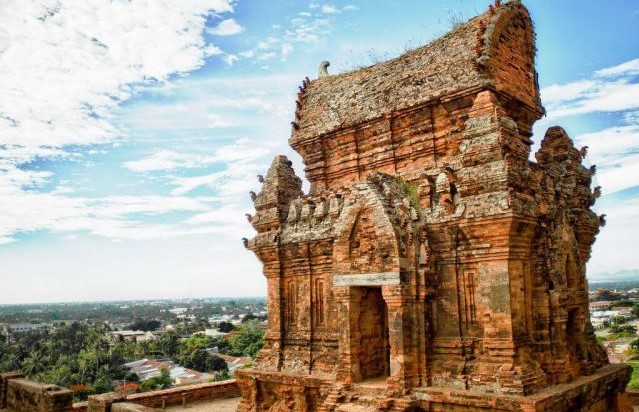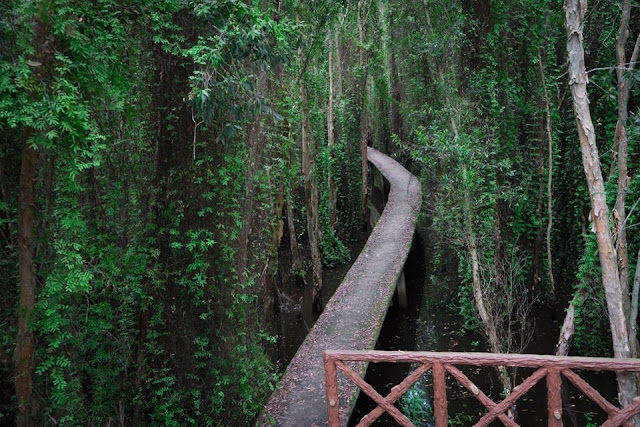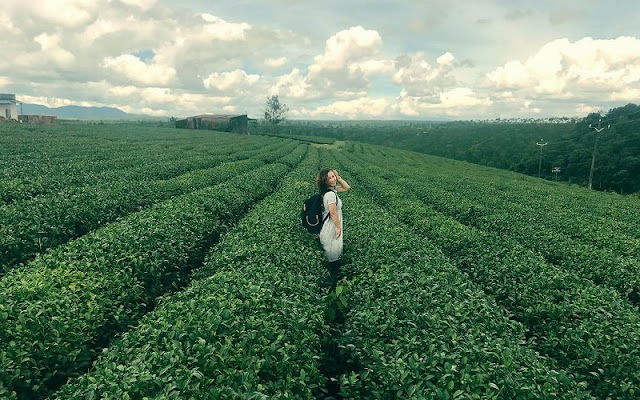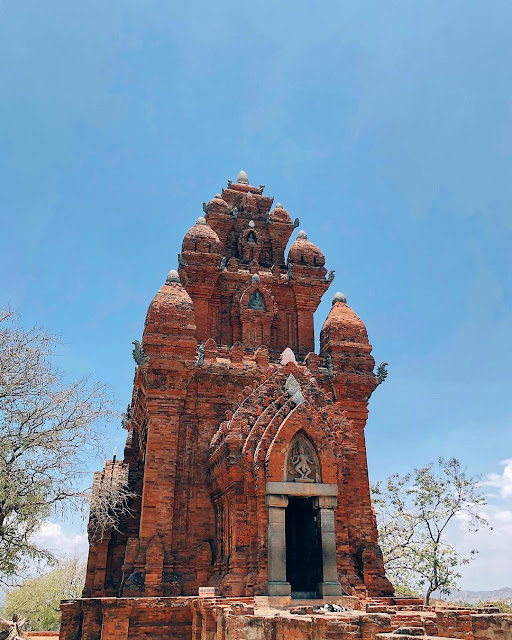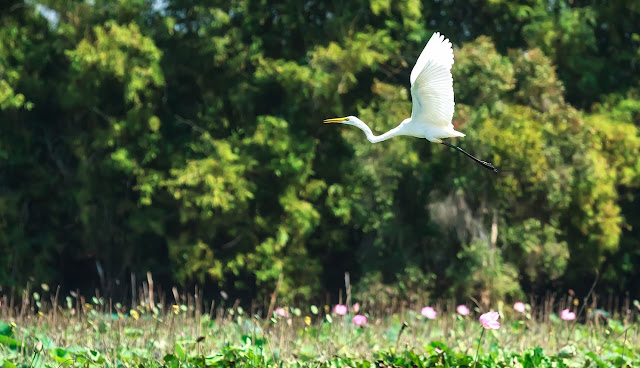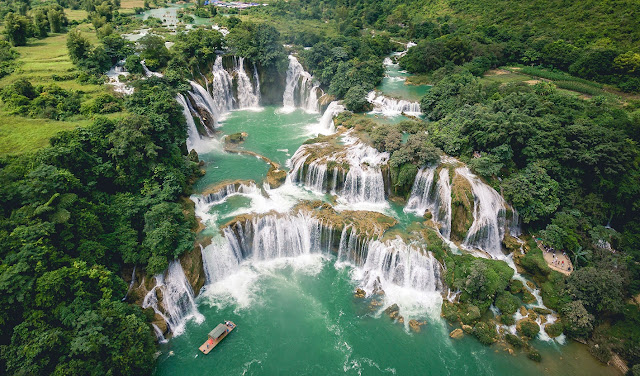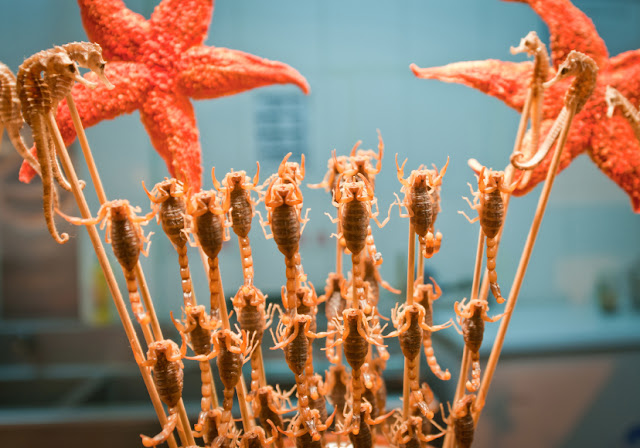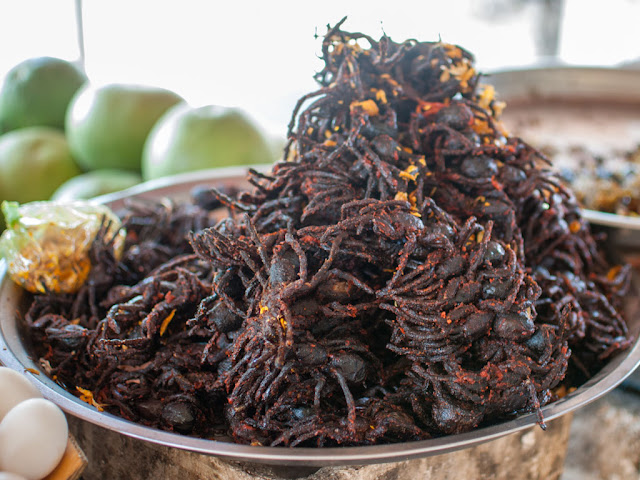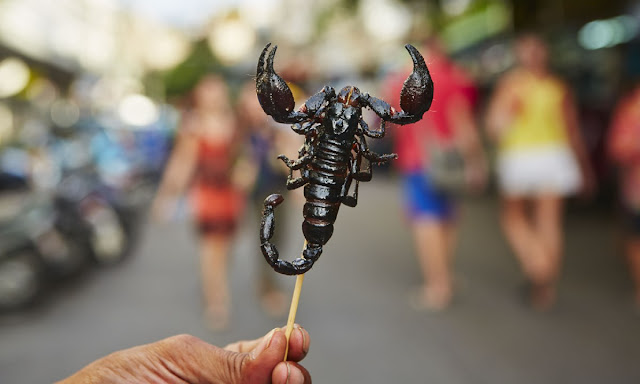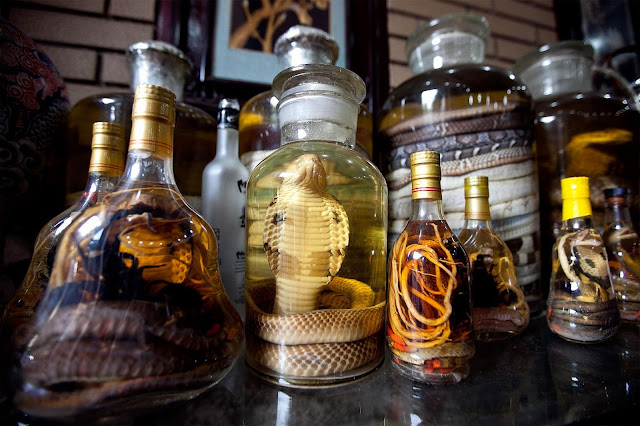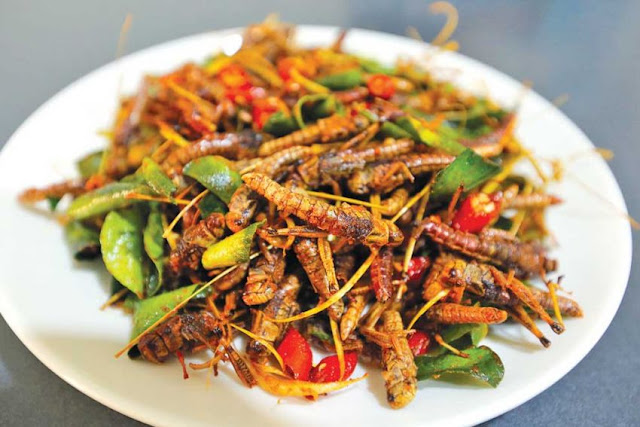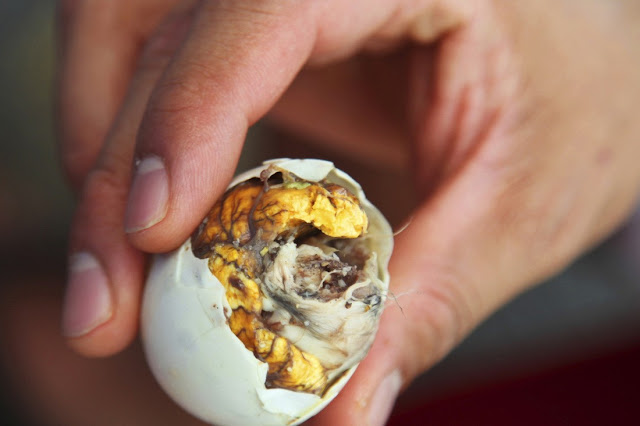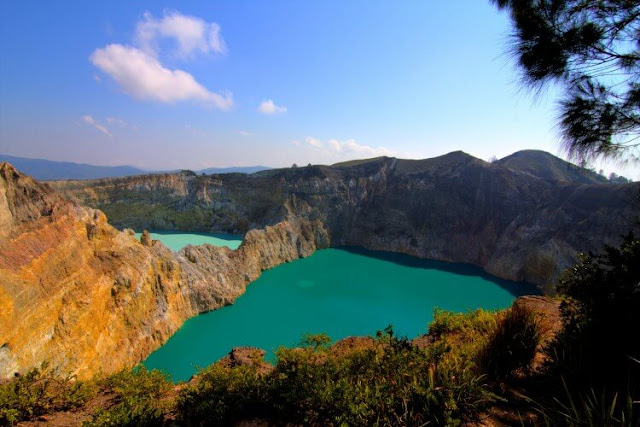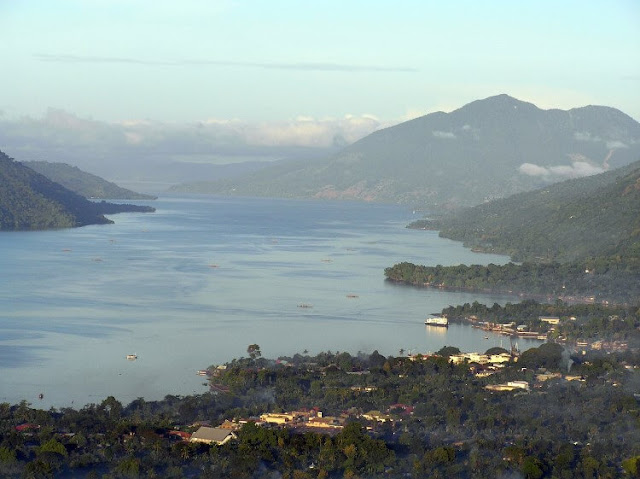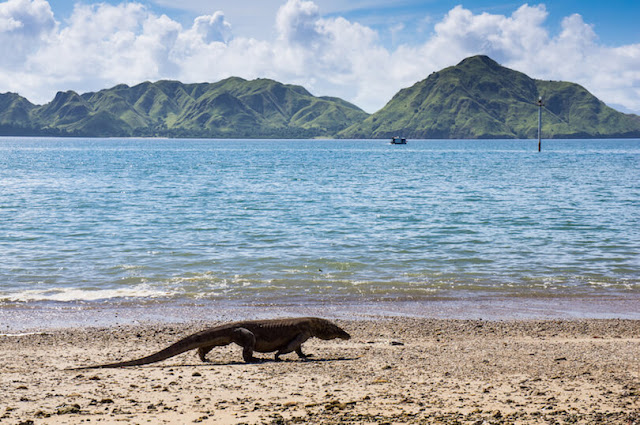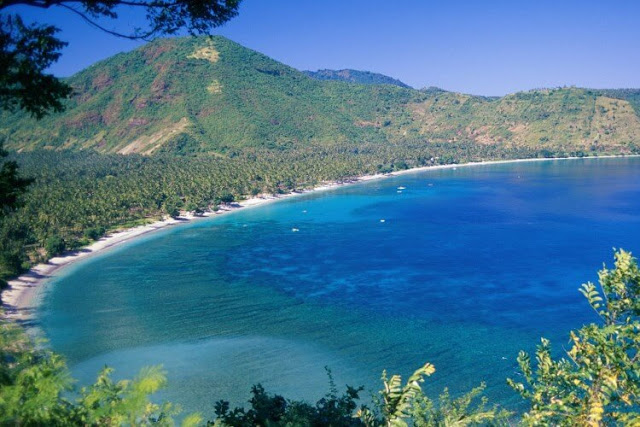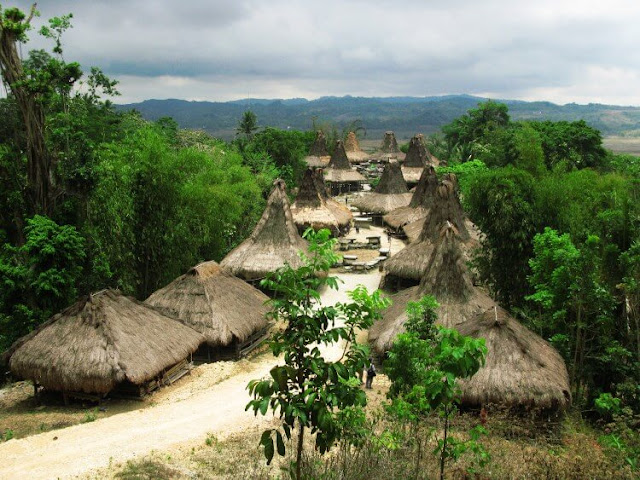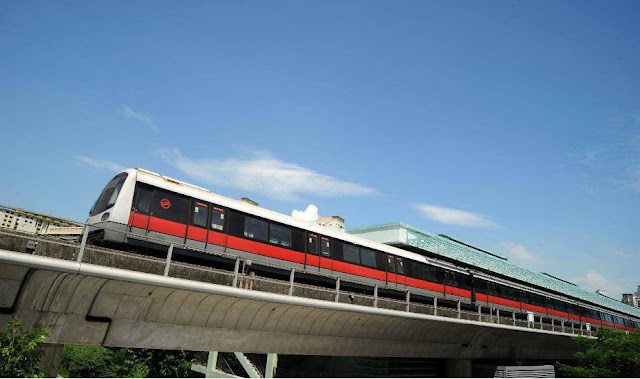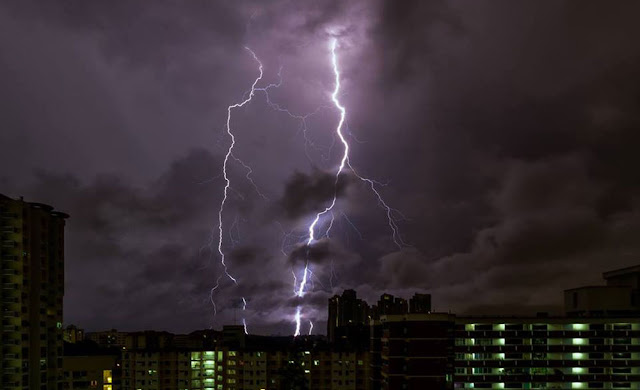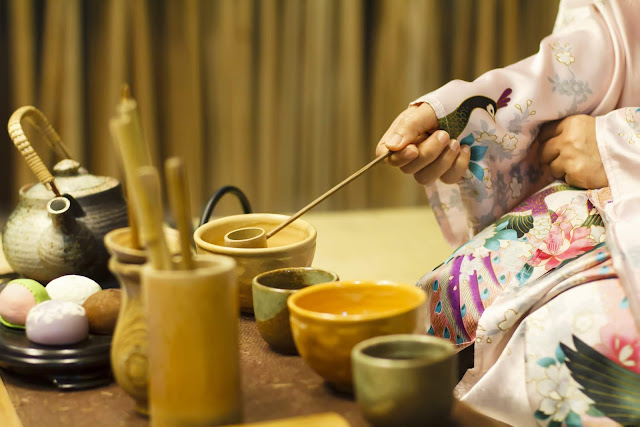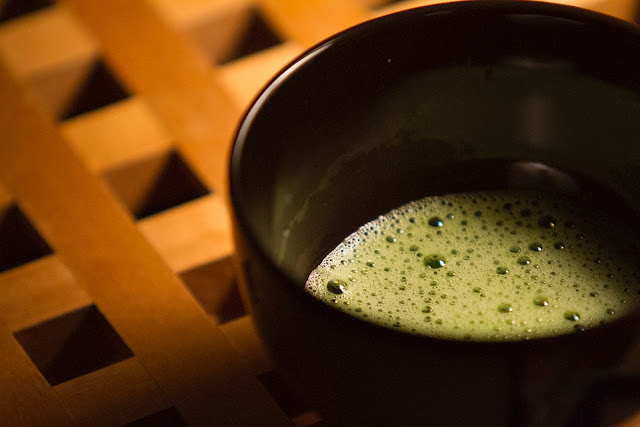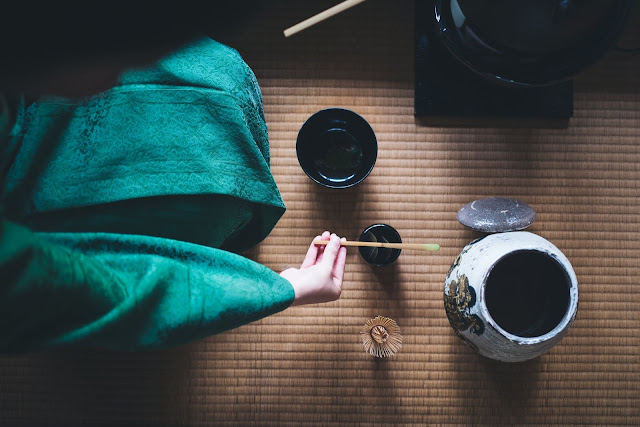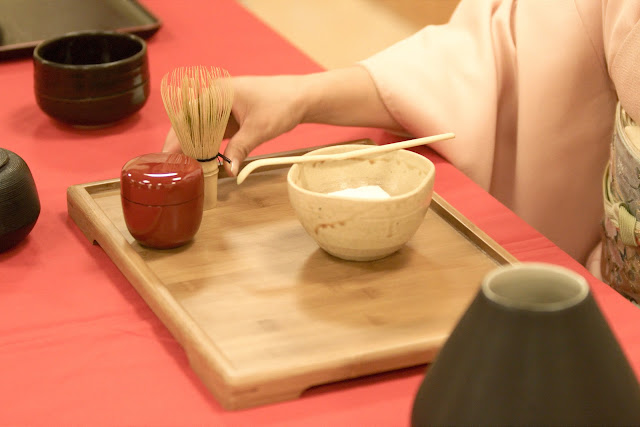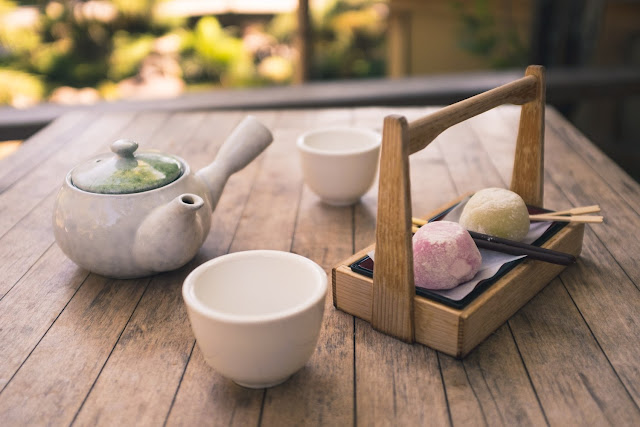Governed by a set of ancient and – for outsiders – seemingly indecipherable rules, the Japanese tea ceremony is an elegant, enigmatic ritual.
An excellent example of China and Japan’s historical, cross-cultural pollination, the tea ceremony is an extension of Zen Buddhism and a tradition that has been followed for more than a millennium. It’s well worth taking the time to attend a tea ceremony in
Tokyo in order to learn more about its fascinating heritage.
A crash course in Japanese tea ceremony history
The legacy of the tea ceremony in Japan goes back to the ninth century and has its roots in
China’s evolution of Zen Buddhism. Buddhist legend has it that when Bodhidharma, the founder of Chan (Zen), battled sleepiness during meditation, he removed his eyelids, and from where he threw them, tea plants started to grow. Although the exact date is unclear, following this legend, Chinese Chan monks would sip tea for hours on end as a way to stay conscious through long, gruelling meditation sessions. Japanese monks often travelled to China to study during this era of spiritual discovery, and upon their return, they brought with them tools, Chinese tea leaves and a new, enlightened arsenal of knowledge on how to brew tea.
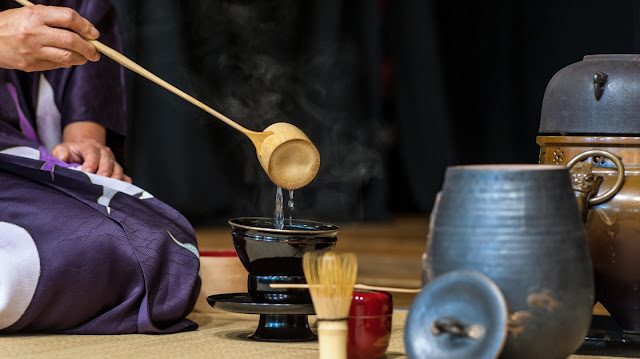
Although the tea ceremony has evolved over centuries, there’s one identifiable godfather of the modern Japanese practice, Murata Shuko (1423-1502). A former Zen monk, Shuko labelled the ceremony wabi-cha, an offshoot of wabi-sabi, the Japanese philosophy of finding beauty in fleetingness and imperfection. In Japanese, the concept of wabi can also be understood as the mutual appreciation of simplicity and the transient nature of everything, and cha means tea.
As time went on, tea ceremonies expanded beyond Buddhist monasteries and gained popularity within Japanese high society. Having space, time and the resources to perform tea ceremonies became a kind of status symbol – somewhat ironic given its roots in Zen ideology. However, the ceremony has remained one of Japan’s most iconic cultural traditions and is now practised throughout the country by people of all social statuses, backgrounds and religious beliefs.
But the original concept of wa still has enduring power, as firm believer Tomoko Kamono, a Yokohama local who has been running tea ceremonies in Tokyo and her home city for the past five years, explains: “One of the things that we value is harmony, wa (和) in Japanese. The Japanese tea ceremony is the harmonious exchange of goodwill between the host and the guests.”
Ceremonial tools form an integral part of the ritual
The tools – known as chadougu – that are used in Japanese tea ceremonies are not just a practical necessity but are also regarded as the physical embodiment of the Zen philosophy. Traditional ceremony cups and bowls are typically made from organic earthenware, and though beautiful, each item has unique imperfections.
The tools that are used most often during a tea ceremony are the chawan (tea bowls), which are designed for preparing and drinking the tea. The bowls are selected according to the season, and most teahouses and tea masters have a range of chawan to choose from. Deep bowls keep the tea warm in cooler weather, while shallow ones suit the warmer months. The bowl is what connects the host to their guests, like a vessel of mutual reverence, as Kamono explains: “When a host sincerely serves a bowl of tea to guests, the guests must take it with respect and gratitude. By handling the bowl with both hands carefully, you can show your respect and gratitude.”
Other tools you’ll see during a ceremony are the natsume (tea caddies), which store the tea before use, a cha shaku (ladle) for scooping the tea into each bowl and the cha sen (tea whisk). Less obvious, but just as integral to the process, are the fukusa, a specific cloth used by the ceremony master to clean the tools, and cha kin, a separate cloth used for wiping down the bowls.
Since tea ceremonies are performed and shared with guests, the quality and ornamentation of the tools, dishes and utensils are a reflection of the host. “Every sound, smell, view, touch and taste you experience in the tea room is representative of the hospitality from the host,” explains Kamono, meaning that a host is expected to use their best equipment for the event. Throughout a ceremony, chatting is kept to a minimum, but it is commonly considered polite to show appreciation for your ceremony master by complimenting the host on their tea, tools and utensils.
Today, tea ceremonies take place in Tokyo for various reasons
Given their appeal as a tourist attraction, it’s fair to say that a lot of ceremonies held in Tokyo today are intended to showcase the tradition to visitors, rather than being a day-to-day occurrence. Ultra-formal tea ceremonies, which occasionally happen today, albeit not as often as in the past, are called chaji, and rather than just being a standalone tea ceremony, these include kaiseki, a traditional Japanese multi-course meal.
In modern society, the tea ceremony can have different meanings depending on the person. For example, it can be an immersive exploration of Japanese culture; a spiritual, meditative practice; a social event; or just a bit of fun. For someone like Kamono, a Japanese native, it’s the former, and the attraction comes from the fact that “through the tea ceremony, we are connected to many facets of Japanese culture”. For her, the ceremony represents “a proud sense of Japanese hospitality, something we call omotenashi“.
Consider attending the Tokyo Grand Tea Ceremony festival
Tea ceremonies take place year-round, but one of the best times to experience the practice in the Japanese capital is in mid to late October, during the annual Tokyo Grand Tea Ceremony festival. This event is an excellent jumping-off point for exploring the world of Japanese ceremonies, especially for beginners and foreigners, with many of the presentations run in English.
Held in the scenic surrounds of the Hamarikyu Gardens, the event hosts a range of demonstrations showcasing techniques, and visitors can attend lessons run by the city’s tea ceremony schools. It’s here where you’ll also find exhibits run by Tokyo’s three major historical schools: Omote-senke, Ura-senke and Mushanokoji-senke. It costs ¥300 (£2.06) to attend one of the ceremonies, and tickets include a cushion seat in the viewing area. For updates on when the next event will be, visit the Tokyo Grand Tea Ceremony festival website.
Each tea ceremony in Tokyo is different, so do your research before you go
There are a number of steps that take place within every tea ceremony. However, the way that they are carried out varies depending on who’s running the show, so the best word of advice is to follow the instructions of your masters. Even if you think you know everything about tea ceremonies, chances are you’ve barely scratched the surface, as Kamono, who’s been practising for years, explains: “There are still a lot of things I don’t know about the ceremony. But learning about them is what’s so much fun for me.” If you want to learn from the masters, Tokyo is home to plenty of ceremony experiences, but here are some of the highlights.
If you’re after an old-world Tokyo experience, consider visiting Yanesen Tourist Information and Cultural Centre. Here you can sign up for a beginner-friendly hour-long lesson that costs ¥5,800 (£39.89) per person. If there are two or more people in your party, the price is ¥4,850 (£33.35) per person.
Nadeshiko, a kimono rental shop in Asakusa, offers a full kimono and tea ceremony experience for around ¥5,000 (£34.36) with reservations. It’s ¥4,000 (£27.49) to attend the tea ceremony alone.
Some public parks in Tokyo are seasonal tea ceremony hubs. For example, Mukōjima-Hyakkaen in Sumida regularly hosts events where you can join, for a small fee, special celebrations like tsukimi (moon-viewing parties).
In Tokyo and its neighbouring areas, like Kamono’s home town of Yokohama, the tradition of the tea ceremony still holds a prominent position in many people’s lives. Traditionalists and those passionate about Japanese culture spend years trying to perfect the techniques to pass on to future generations. Although it may not be as popular as it was centuries ago, as long as there are people interested in the country’s spirituality, culture and history, there will always be a place for the Japanese tea ceremony.
Read more: Tea houses in Kyoto that you need to visit once
Source Alicia Joy/ The Culture Trip






